Empowering caregivers, improving children’s lives

Overview
Supporting parents and children
Life often has a way of throwing wrenches into already difficult situations.
Raising children can be expensive and demanding on the best days, but whn divorce, unemployment, legal challenges, or financial distress enter the picture, it takes remarkable effort to stay the course.
According to the Department of Health and Human Services, childcare should account for no more than 7% of a household’s income to be considered affordable. However, a recent Child Care Aware survey found that the average U.S. family spends 24% of its household income on childcare. Those costs are unlikely to go down as childcare centers are experiencing staffing shortages and cost pressures that narrow already thin margins. It’s gridlock, and kids are the ones paying the price.
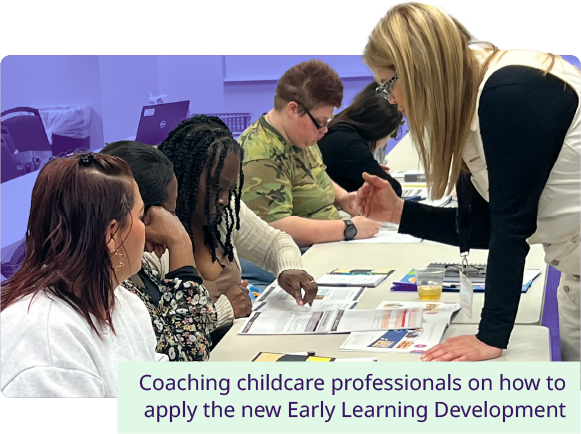
In central Ohio, Action for Children (AFC) works directly with parents under pressure to “fill their tanks,” lend support, and empower them to move forward in a positive direction.
Whether through one-on-one coaching, support groups, or providing access to resources, AFC strives to be a positive influence in an intentional way, always with the goal of improving the lives of children and families. The organization also offers childcare programs and early childhood professionals with technical assistance, coaching, and training, and it advocates for early learning program funding and support.
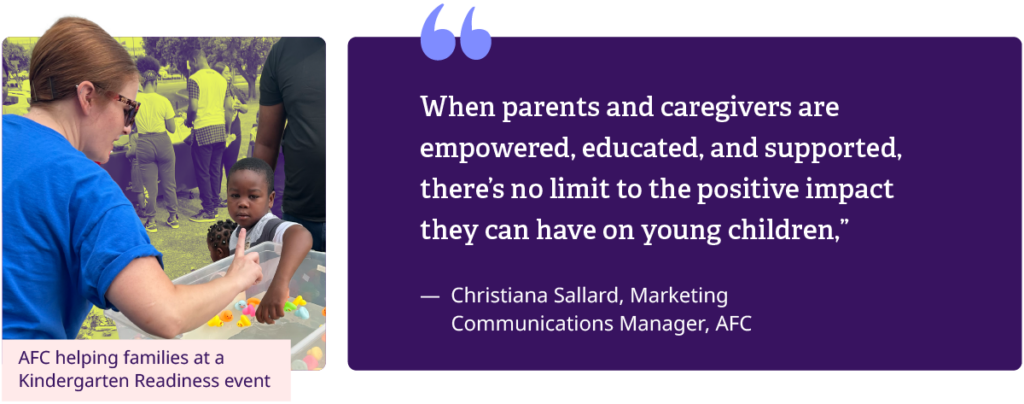
The opportunity for AFC to create positive change has never been greater, but the organization has seen its own share of challenges during its 52-year run. As the needs of parents and childcare professionals continue to increase, so do the demands on AFC. In recent years, AFC leaders have realized that the technological underpinnings of the organization, or lack thereof, were key obstacles to progress.
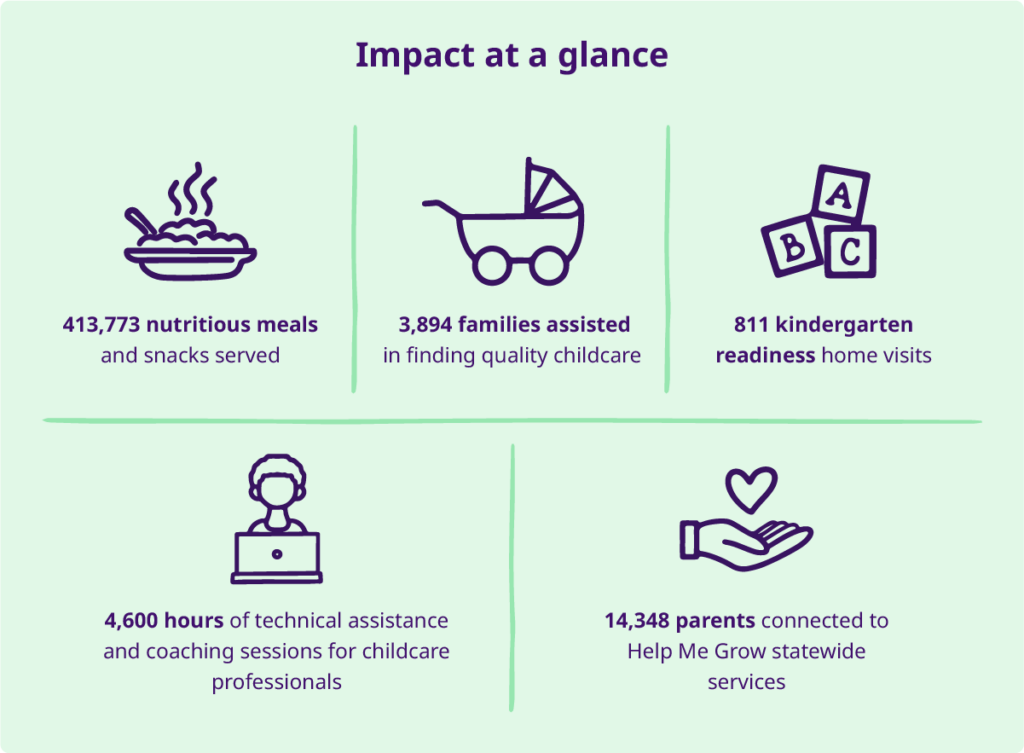
Challenges
Technology and organizational hurdles
Until 2020, AFC lacked a central location to store information about the participants in its programs. Instead, thousands of records were stored in Excel spreadsheets on individual staff members’ local computers. It was impossible to establish participant profiles, and information for each participant came in bits and pieces, says Dana Wright, director of organizational measurement and performance.
Because information was so spread out, it was difficult to access a broader view of clients and gather reporting data about outcomes of training topics or overall impact. Data entry with the old system was not standardized and each staff member used their own process, which only increased the chance of inaccuracies.
These challenges were especially problematic given AFC’s scale — the organization offers more than 1,200 childcare programs and serves thousands of early childhood professionals through a dozen different programs. In the last year alone, it helped connect 14,348 parents to Help Me Grow Home Visiting and Early Intervention services.
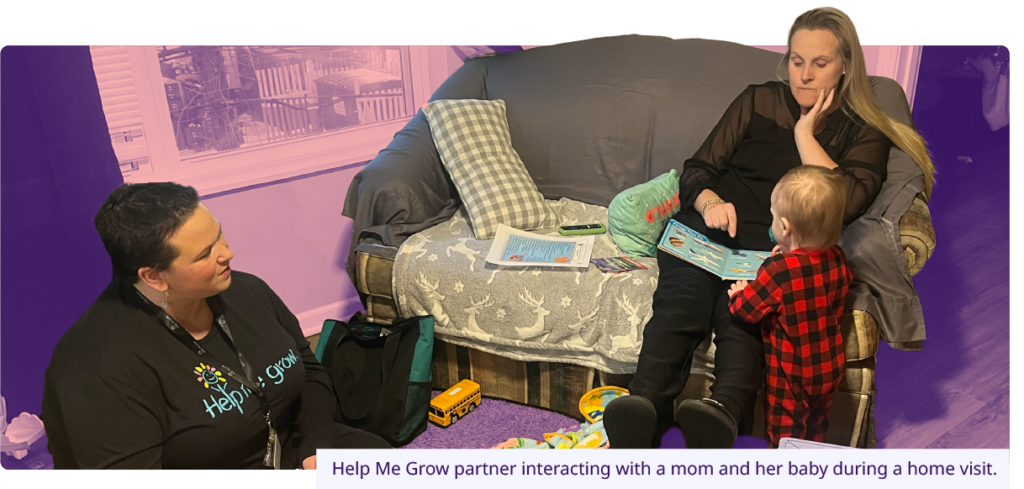
Solutions
A centralized information hub
Now that they’ve implemented Bonterra’s case management software system, AFC keeps all information centralized and accessible, and it standardizes data entry for staff members, which greatly reduces the chances of errors. “This saves a great amount of time that would otherwise have been spent on data cleaning,” says Ruiyu, data analyst at Action for Children.
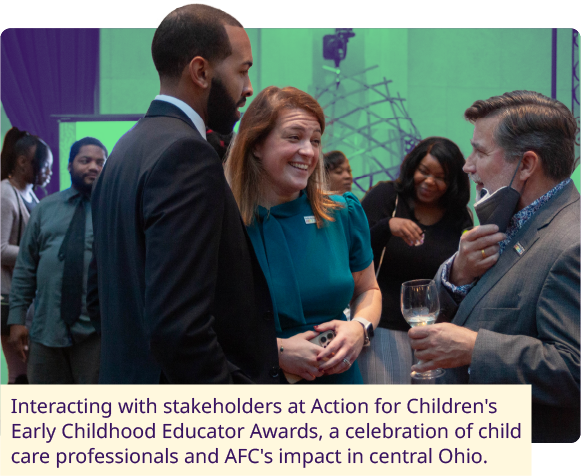
The software makes it possible to see historical data and deepen understanding of each participant. Every childcare professional also has a profile in the database stating eligibility requirements and programs they’re associated with. AFC easily updates these profiles weekly with information received from state reports. Being able to classify and find information on childcare providers more easily also makes the referral process more efficient.
AFC monitors program services rendered on a day-to-day basis, tracking detailed metrics like hours spent and outcomes. The reporting and analytics tools from Bonterra’s case management make these tasks easier. Using the program, AFC can quickly see how goals are being met; periodic reporting is made easy so “we can measure consistency of our efforts and identify areas of improvement,” says Dana.
It also gives AFC the ability to report deliverables to its funders quickly and accurately, which helps showcase the direct impact of their contributions. “Our donors and advocates are essential to our mission and to the broader impact we aim to achieve,” says Natalie Atkins, Action for Children’s director of organizational advancement. “This approach not only nurtures lasting relationships — some for decades — but also aligns donors closely with our core mission of supporting those who shape children’s lives, turning them into lifelong advocates and partners in our work.”
Impact
A continued focus on the central mission
AFC’s arc of growth has been impressive, and it has evolved to meet the changing needs of parents, guardians and educators. By streamlining its own business practices and technological infrastructure, it’s able to keep the focus on the kids.
“Even if you affect only one family, it’s worth the time and effort,” says Dana.
Looking ahead, AFC staff plans to stay the course, serving as the positive support system it’s known to be. “We’ll continue to provide childcare resources and referrals that families depend on to find quality child care that’s right for them. We’ll continue to listen to our community, assess the needs, and adapt to meet people where they are,” Christiana says.

Work with Bonterra



